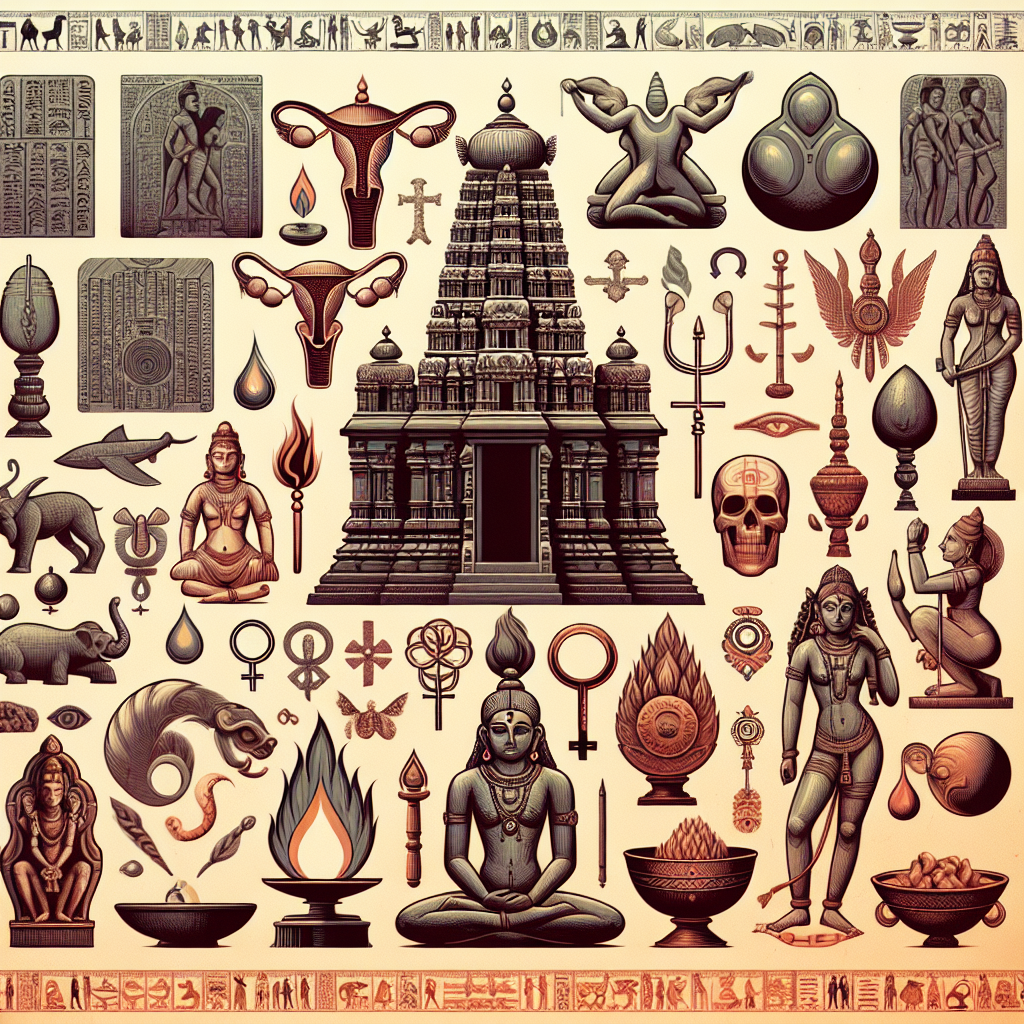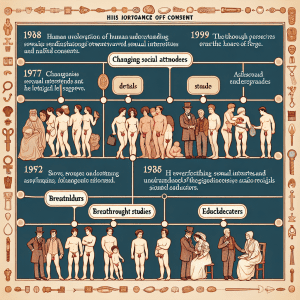Sacred Sexuality in Ancient Religions: Rituals and Practices from Around the World
Throughout history, many cultures have viewed sexuality as a sacred and powerful force. Various ancient religions incorporated sexual practices into their rituals, believing that these acts could help them connect with the divine, ensure fertility, and maintain cosmic balance. Today, we delve into some of these fascinating practices and rituals from around the world.
The Fertility Rites of Mesopotamia
In ancient Mesopotamia, fertility was vital for the prosperity of society. One of the most notable rituals was the sacred marriage, or “hieros gamos,” which symbolized the union between the god Dumuzi and the goddess Inanna. Each year, the king and a high priestess would engage in a ceremonial sexual union to ensure the fertility of the land and its people.
- Significance: Ensured the fertility of crops and livestock.
- Participants: Typically involved the king and a high priestess.
- Symbolism: Represented the divine marriage of deities.
The Tantric Practices in Ancient India
Tantra, a practice originating from ancient India, involves rituals that seek to transform sexual energy into spiritual enlightenment. Tantric practitioners believe that by harnessing sexual energy through specific techniques and rituals, one can achieve spiritual awakening and a deeper connection with the divine.
- Techniques: Meditative practices, controlled breathing, and specific sexual positions.
- Goals: Spiritual enlightenment and union with the divine.
- Legacy: Practices continue to influence modern spiritual and sexual disciplines.
The Dionysian Mysteries in Ancient Greece
The ancient Greeks celebrated the Dionysian Mysteries, rituals dedicated to Dionysus, the god of wine and ecstasy. These rites often involved ecstatic dances and frenzied states that broke social norms, including sexual restraint. The goal was to achieve a transcendent state of euphoria and communion with the divine through liberated expression and sensual pleasures.
- Activities: Ecstatic dances, music, and revelry.
- Purpose: Transcendence and integration of human and divine experience.
- Cultural Impact: Influenced art, theater, and religious practices.
The Initiation Rites of the Ancient Egyptians
Ancient Egypt also embraced sacred sexuality, particularly in the worship of the goddess Hathor. She was considered the goddess of love, beauty, music, and fertility. Initiation rites often included sexual elements, symbolizing the creation and sustaining of life itself. Phallic symbols and erotic imagery were common in temples and religious art, emphasizing the sacred nature of sexuality.
- Deity: Hathor, the goddess of love and fertility.
- Symbols: Phallic imagery and erotic art.
- Purpose: Reinforce the connection between sexuality and life creation.
It’s fascinating to see how different cultures and religions have embraced sexuality as a sacred force. Even today, themes of sacred sexuality permeate various modern practices and philosophies. For those intrigued by mature content and exploring the realms of adult themes, there are numerous platforms and channels available. For instance, you can explore the latest 18+ content Telegram channels which offer a range of mature content from different parts of the world.
Whether in the context of ancient rituals or modern adult content, the exploration and celebration of sexuality continue to be an essential part of human culture and spirituality.
Conclusion
The rituals of sacred sexuality in ancient religions highlight how integral sexuality was to spiritual and everyday life. From the fertile valleys of Mesopotamia to the mystic practices of India, these traditions show that sexuality was much more than a physical act—it was a means to connect with the divine, ensure the prosperity of the community, and celebrate the creative force of life itself. As we continue to explore these themes, we highlight the enduring importance and reverence for human sexuality throughout history.



